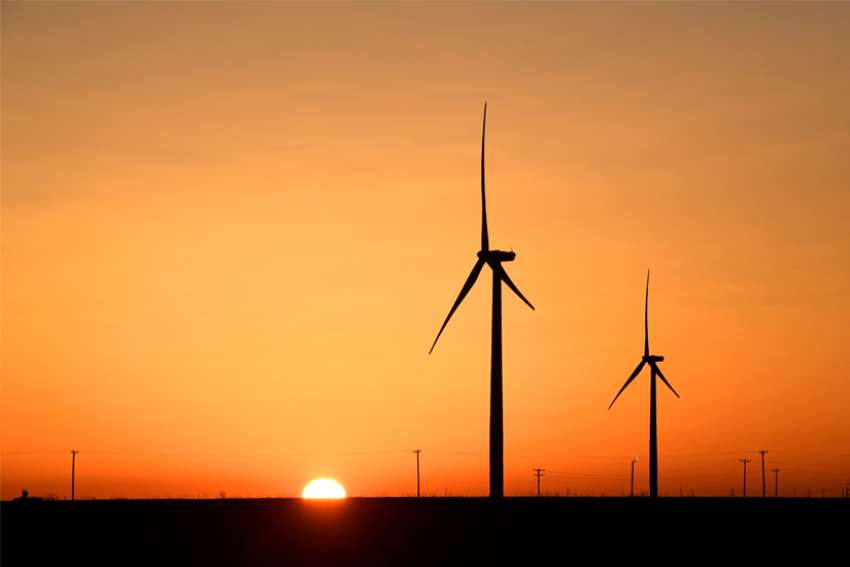The landmark papal encyclical released in May 2015 did not foresee COVID-19 on the horizon, of course, but it does provide a very useful guide to re-shaping our post-pandemic world toward an existence that is built on protecting both ourselves and the planet. The groundwork has been laid … the hard work must begin anew. For any government, business or individual to ignore its lessons would be pure folly.
Fortunately, there is momentum. Drawing attention to “the cry of the Earth and the cry of the poor” has been an ever-present theme of the Pope’s messages since the publication of Laudato Si’, gaining an audience that swelled far beyond the Catholic world. Leaders from across the political and scientific spectrum have hailed his insights on climate change and their effect on the most vulnerable populations.
Now, there is talk that for the first time the Pope will go to the UN climate change conference (COP 26) in November in Glasgow and no one doubts the impact an appearance there would have in moving the climate change agenda forward.
“The Pope is one of the great voices of reason and compelling moral authority on the subject of the climate crisis,” John Kerry, the U.S. special presidential envoy on climate change, told Vatican News after meeting the pontiff May 15. “He’s been ahead of the curve.”
The Holy See’s influence on a world stage filled with secular interests may sometimes appear to be waning, but this is one issue where clearly the Church’s moral compass has aligned perfectly with nations desperately looking for a way forward.
“The Holy Father is one of, if not the, most powerful voices on the planet and he’s been extraordinary in the eloquence of his call on people to step up and be reasonable and to live out our responsibility as human beings in caring for God’s creation,” said Kerry. “The Vatican may be a small entity, but the flock is enormous on a global basis and His Holiness, Pope Francis, has the ability to help galvanize action from countries.”
More than just words, the Holy See has its own action plan on climate change to keep the Laudato Si’ movement growing, enlisting more than a hundred partners to kick off of a seven-year campaign targeting energy use, waste and water.
It was a year ago, as the world reeled under the COVID wave, that the Vatican launched its Laudato Si’ anniversary with a prayer to the Creator. Today, its words ought to strike an inspiring and hopeful note in all of us:
“Now more than ever, may we be able to feel that we are all inter-connected and interdependent. Make sure that we succeed in listening and responding to the cry of the Earth and to the cry of the poor. May the present sufferings be the birth pangs of a more fraternal and sustainable world.”


